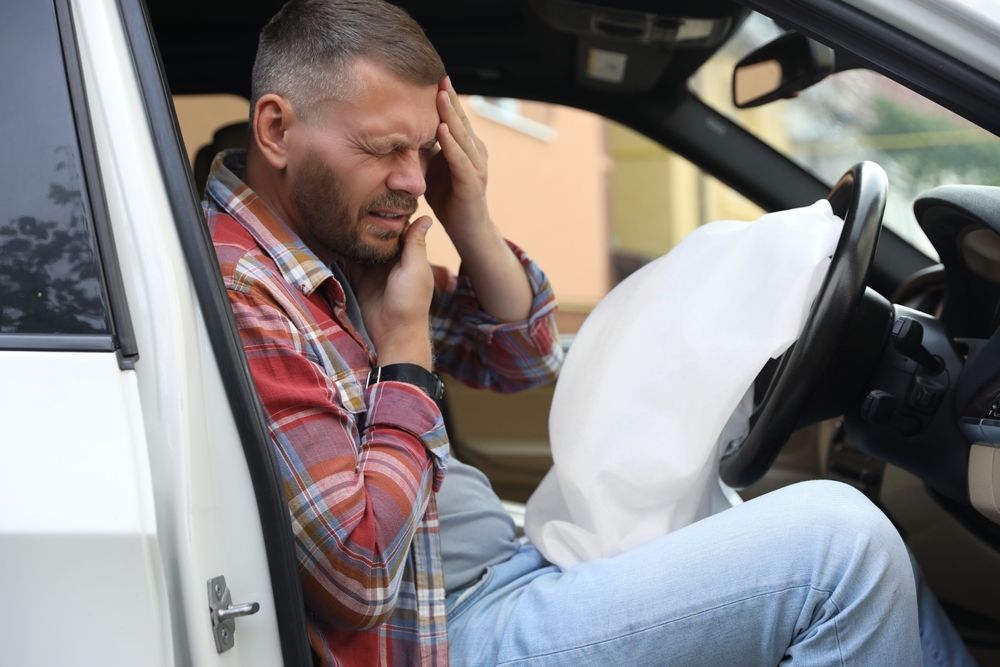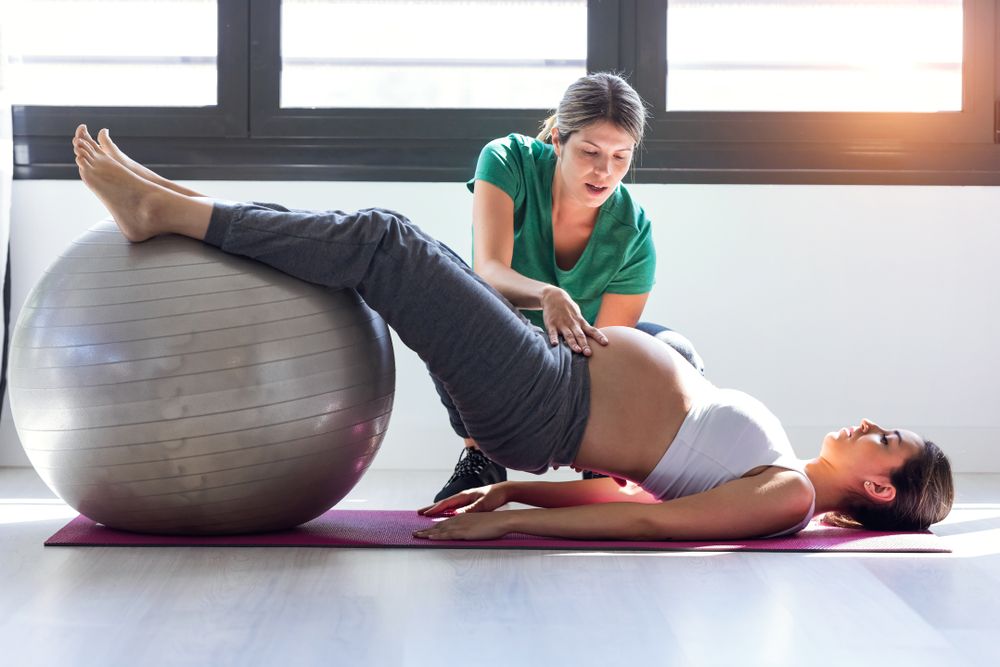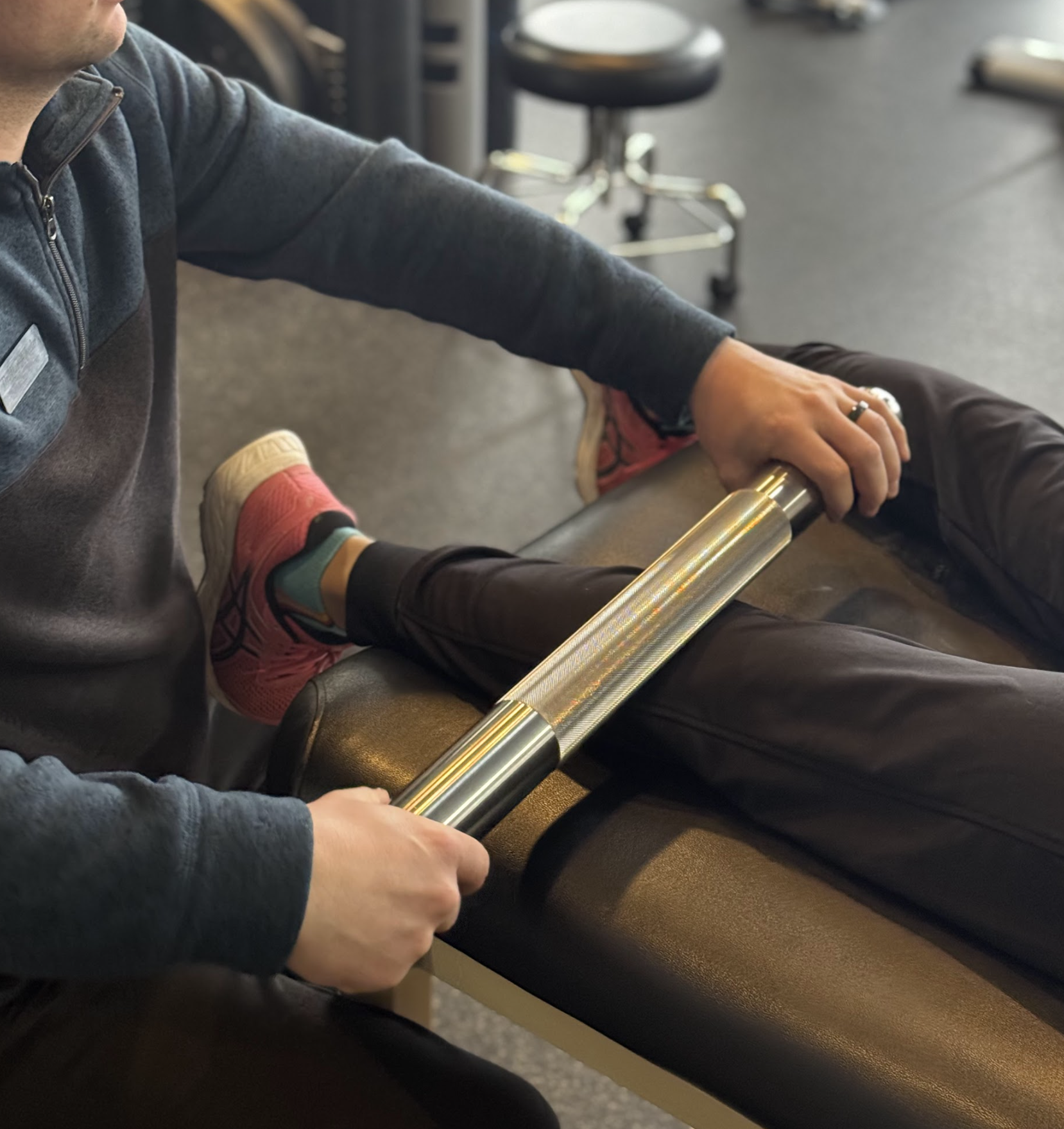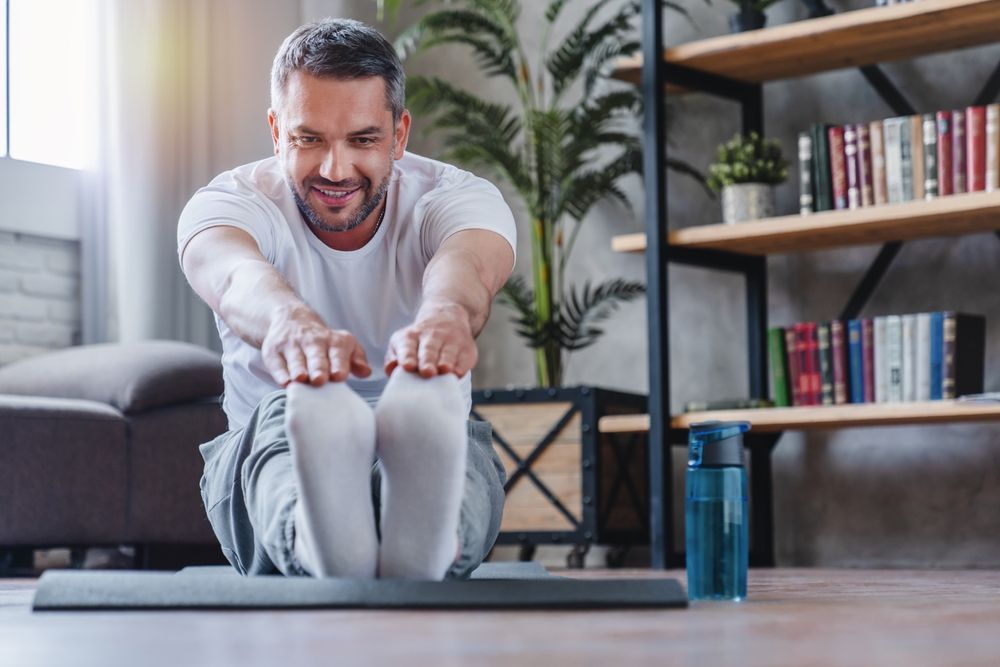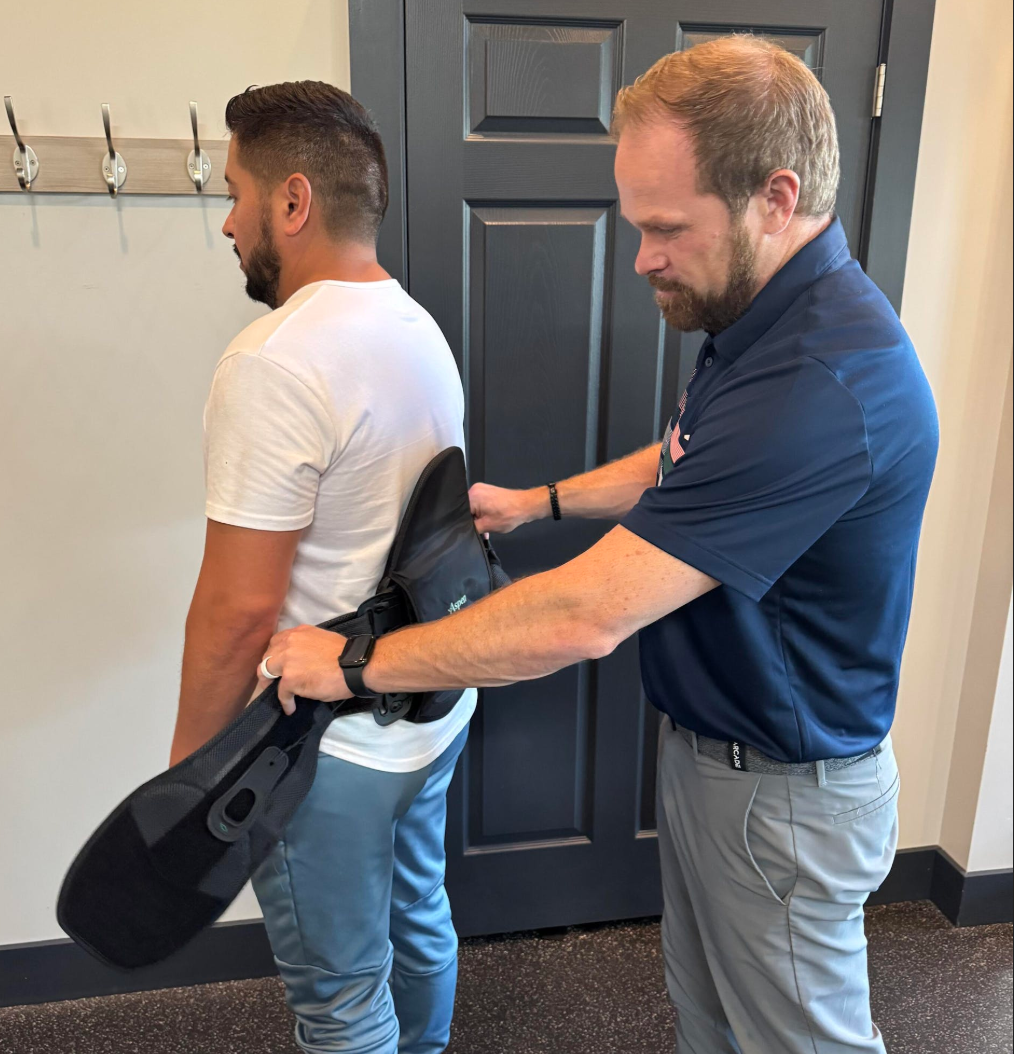Share this article:
Training for a marathon pushes the body to its limits. The repeated stress on joints, muscles, and connective tissue can build strength and endurance, but it also increases the risk of injury and fatigue. Without the right preparation and recovery, even experienced runners can face setbacks that delay or derail their progress.
Physical therapy helps runners stay strong through every stage of training. It addresses imbalances, improves movement quality, and supports
faster recovery after long runs or race day.
Why Physical Therapy Matters for Marathon Runners
Running long distances places consistent pressure on the body, especially the hips, knees, ankles, and lower back. Small mechanical issues that go unnoticed during short runs can become major problems during marathon training. Over time, these imbalances can lead to pain, overuse injuries, or breakdowns in form.

Physical therapy helps identify and correct movement patterns that may lead to strain or inefficiency. Therapists assess alignment, flexibility, strength, and gait to catch problems before they lead to injury. This kind of focused attention allows runners to move more efficiently and build endurance without adding unnecessary stress to joints or soft tissue.
For those returning from injury or managing past setbacks, marathon physical therapy can be the difference between completing training and being forced to stop halfway through the season. It provides structured, personalized care that helps runners move safely and consistently from base miles to race day.
How to Prepare Your Body for Race Day
Marathon prep isn’t just about mileage. Physical therapy helps runners train smarter by building strength, improving mobility, and refining running mechanics.
Key elements include:
Mobility Work
Stretching and soft tissue techniques improve flexibility in the hips, calves, and hamstrings, allowing smoother, more efficient movement.
Strength Training
Strong glutes, core, and lower legs support better stability and reduce strain on joints during long runs.
Gait Assessment
Adjusting stride, posture, or foot strike can improve efficiency and reduce stress on the body.
Recovery Planning
Rest days, mobility drills, and recovery tools help the body adapt to training and avoid overuse.
Training Load Management
Gradual increases in volume and intensity help prevent breakdowns and keep runners on track.
Building a Strong Foundation
A solid base helps runners stay consistent throughout training. Physical therapy strengthens the key areas that influence movement quality and long-distance performance. Core strength keeps the spine and pelvis stable, reducing strain on the lower back and hips. Well-conditioned glutes and hips control leg alignment and reduce the risk of knee pain and IT band issues.
Strong, mobile ankles and responsive foot muscles improve balance, absorb impact, and create a more efficient stride. Posture and breathing also play a role. When form breaks down, energy is wasted, and fatigue sets in faster. Training these patterns early allows runners to increase mileage without setbacks tied to weakness or poor mechanics.
Injury Prevention Strategies Every Runner Should Know
Staying healthy through a marathon training cycle requires attention to more than just mileage and rest. Physical therapy helps runners identify risks early and adjust their training to avoid setbacks. Strategies include:
Movement Screening
Assessments can reveal tight hips, limited ankle mobility, or imbalances that place extra stress on joints during long runs.
Targeted Strength Work
Focused exercises for the glutes, core, and lower legs improve control and reduce the likelihood of overuse injuries.
Recovery Integration
Active recovery, mobility work, and rest days help the body adapt and lower the risk of injury during high training loads.
Gradual Progression
Increases in speed, distance, or elevation should happen slowly. PT for runners provides a structure that supports steady progress without overload.
Pain Pattern Awareness
Recurring soreness or discomfort in the same area may signal a deeper issue. Physical therapy helps address these patterns before they interrupt training.
Post-Marathon Recovery
Finishing a marathon places intense physical stress on the muscles, joints, and nervous system. Recovery should begin immediately after the race and continue for several weeks. Physical therapy helps guide this process through targeted care that addresses soreness, inflammation, and reduced mobility.
Manual techniques, mobility exercises, acupuncture, and light strength work relieve tension and improve circulation. Therapists also check for movement issues or delayed pain that can appear in the days following a race. Post-marathon running recovery is not only about rest, but about allowing the body to fully heal and return to training in a safe, gradual way.
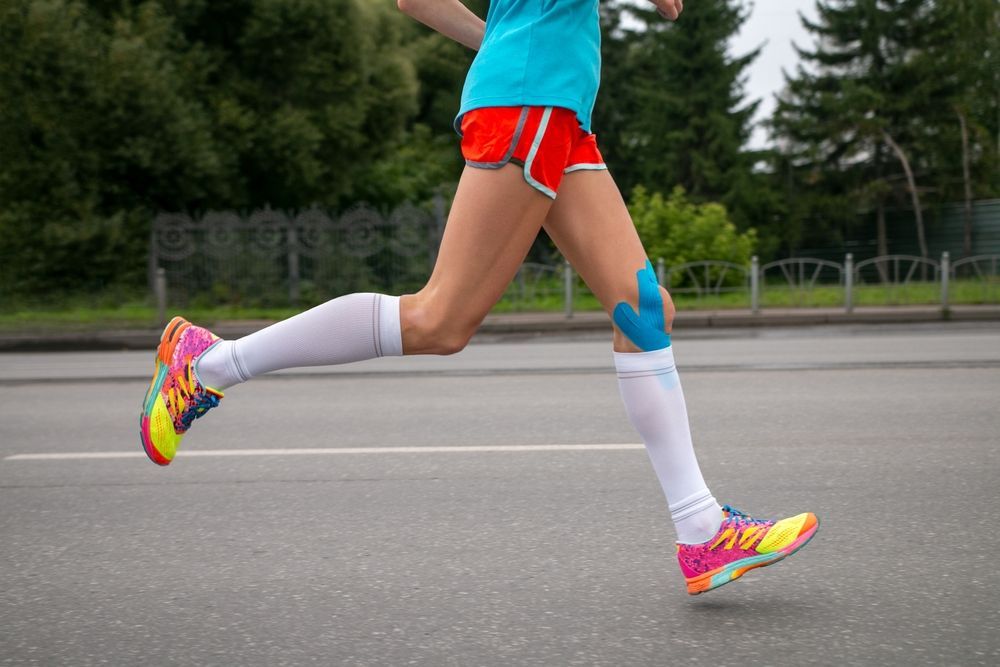
Common Running Injuries and How Physical Therapy Helps
Marathon training places repeated strain on the same muscles and joints, which can lead to overuse injuries. Common problems include runner’s knee, IT band irritation,
ACL sprains, Achilles tendinitis,
plantar fasciitis, and shin splints. These issues often build gradually and may not cause concern until they start affecting training consistency.
Physical therapy looks at the underlying reasons these injuries develop. Weakness, poor movement patterns, and limited flexibility all contribute to strain in specific areas. Treatment focuses on restoring balance, improving joint mechanics, and reducing stress on irritated tissues. PT for runners offers a practical way to address pain while staying active in the training cycle.
When to See a Physical Therapist During Your Training Cycle
You don’t need to be injured to benefit from physical therapy. The best time to see a therapist is early in your training, especially if you’ve had past injuries, are increasing mileage, or notice changes in how your body feels during or after runs. Even mild soreness, tightness, or changes in form can be early signs of a developing issue.
Seeing a therapist before discomfort turns into pain can keep your training on track and help you reach race day feeling strong and prepared.
Schedule an appointment with Advanced Physical Medicine of St. Charles to get a personalized plan that supports your marathon goals, before or after the finish line.
Connect with Us:




